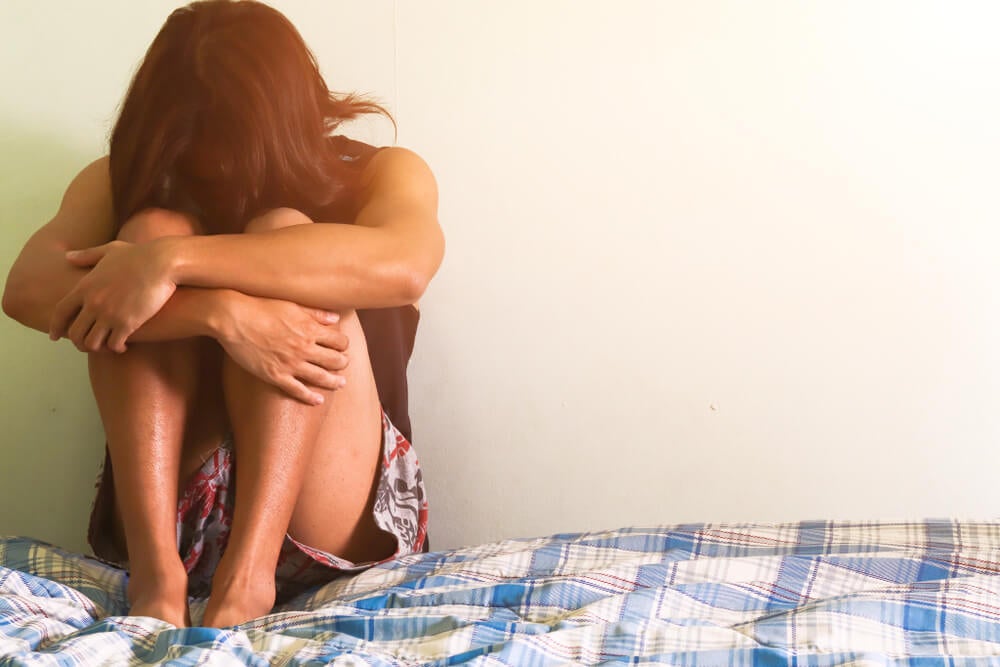In recent years there has been a worrying increase in the number of young people with social isolation syndrome, a phenomenon characterized by voluntary isolation and loneliness, so they seek extreme isolation because they perceive the outside world as hostile, violent and aggressive.
This syndrome was originally known as hikikomori, which means in Japanese to be confined, a term coined by Japanese psychiatrist Tamaki Saito in 2000, this doctor defined it as a new social disease based on voluntary incarceration for a period of at least 6 months. affects young adults who have no social relationship, educational or professional activity.
- The person who suffers from Hikikomori tries to avoid contact with the outside world.
- His fear of leaving his safe environment or comfort zone is very large.
- For this he immerses himself in a complete social isolation: he locks himself for long periods in a room of his house.
- The main reason for not leaving is due to his deep desire to remain alone and his widespread indifference to others.
However, until these people literally end up locking themselves in their small rooms, little by little they are closing the communication channels with the world. At first, they are kept in their rooms for a few days, then weeks and even a few years. They spend their time sleeping, watching television, or soaking up the virtual world of online video games.
In most cases, your circle of friends is very small or nil, young people with social isolation syndrome have contact with the outside world only through electronic devices, the most affected do not even have this type of online interaction, and the ostracism they impose is much greater.
Social isolation syndrome causes temporary fluctuations in the body’s main biological variables, for example, these young people sleep during the day, as they spend the night immersed in video games, meals are prepared at irregular times and with good, uncontrolled and unbalanced foods. order fast food at home or eat processed foods.
They also neglect their personal hygiene. A hikikomori usually accumulates rubbish in its surroundings, due to its own refusal to go out on the street or leave your room, even to get rid of the food waste you eat.
Shinguru is a Japanese term for adults who still live with their parents, under their care and under their care, and seek a comfortable life they have not been able to achieve on their own.
If we talk about a teenager and his room, the relationship with other members of his household is practically non-existent; in some cases, these young people frighten their parents and behave aggressively; others are deeply consumed by a sadness that, persistent over time, leads them to anxiety and depression. Sometimes this lockdown and deep discontent with life leads them to suicide.
All subtypes of social isolation syndrome have in common the voluntary enclose of the individual, however, not all those affected are isolated in the same way or to the same degree, in this sense there are 4 types of hikikomori:
Currently the causes that explain the origin of this psychological alteration are unknown, some researchers believe that it is the technology itself that makes them lose touch with reality, other authors believe that excessive family pressure generates isolation, in this way, the high expectations of parents of the future of young people cause them to lose communication with the family and , little by little, with the others. They also cite socio-economic and economic factors.
This syndrome was first described in Japan, so initially believed to be related exclusively to Japanese culture, individualistic and competitive, millions of people in Japan are affected, however, in recent years, hikikomori or similar has increased significantly in countries. such as Spain, Italy, the United States, Oman and India.

